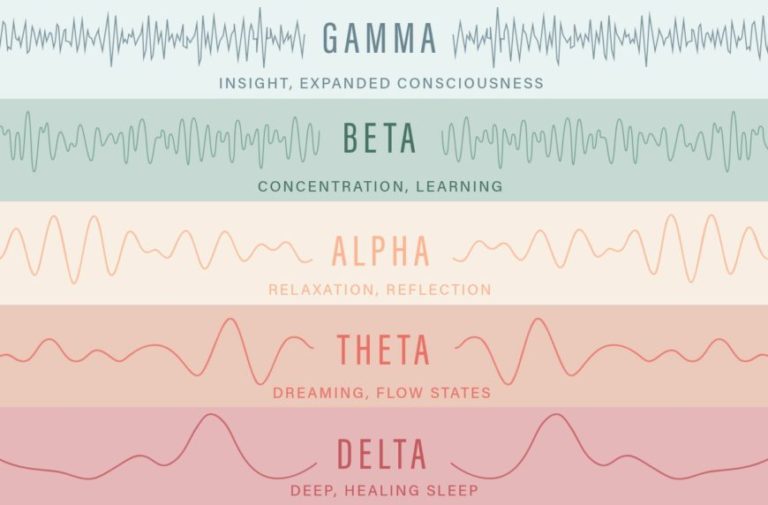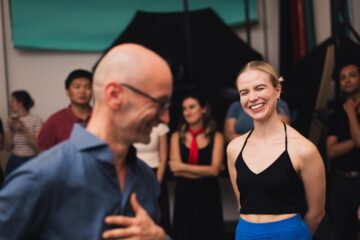Did you ever think that tango could be studied scientifically, using the tools of science? If not, then pay close attention now! 🙂
Kicsi Csongor is a familiar name in the Budapest tango community, but not only here! Csongi started dancing at the age of 4, and after years of competitive dancing, he committed to Argentine tango in 2010, at a ridiculously young age. But that’s not where the boldness ends: in 2015, at the age of 19, he became the youngest person ever to win the European Championship in the Tango Salon category, held in Todi, Italy, with his partner Laura Iaru.
Since then, he has visited Budapest multiple times to give workshops and perform with Antonella Terrazas. He has also been a guest performer, teacher, and DJ at several festivals and in European cities with significant tango communities.
However, we can now get to know him from a completely new perspective, as Csongi is studying the effects of Argentine tango on the human brain as part of his studies at the National University of Physical Education and Sport in Romania. His first results were published about a month ago in the scientific journal of the University of Brașov, which you can read HERE.
Humanity has long used music for therapeutic purposes, and research has shown that two different people can react differently to the same music, which is why it’s important to consider the individual tastes of patients when applying music therapy. Advances in technology have opened up entirely new horizons in this field, as it is now possible to map, read, and record brainwaves with a small device not much different from a phone headset, like the one Csongi used. Brainwaves of different frequencies are characteristic of different mental states, so examining them can provide insight into how individuals feel during certain activities, in this case, listening to tango music and dancing to it.

Source: Abby Maker for Well+Good
You can read more about brainwaves in Hungarian HERE and in English HERE. So, what did Csongi discover? He found that while listening to music, the higher frequencies of alpha waves, followed by theta waves, are most prominent. During dancing, these two brainwaves dominate as well, but theta waves take the lead, with alpha waves in second place. And what does all this mean? It means that Argentine tango music and dance have a measurable impact on the human brain and psyche: they help with relaxation and achieving mental balance while also inducing a focused, calm state where creativity and imagination can freely soar, intertwining the conscious and unconscious.
Exciting, isn’t it? Congratulations to Csongi on the article, and we hope more interesting results will come! Meanwhile, let’s generate as many alpha and theta waves as possible 😉


